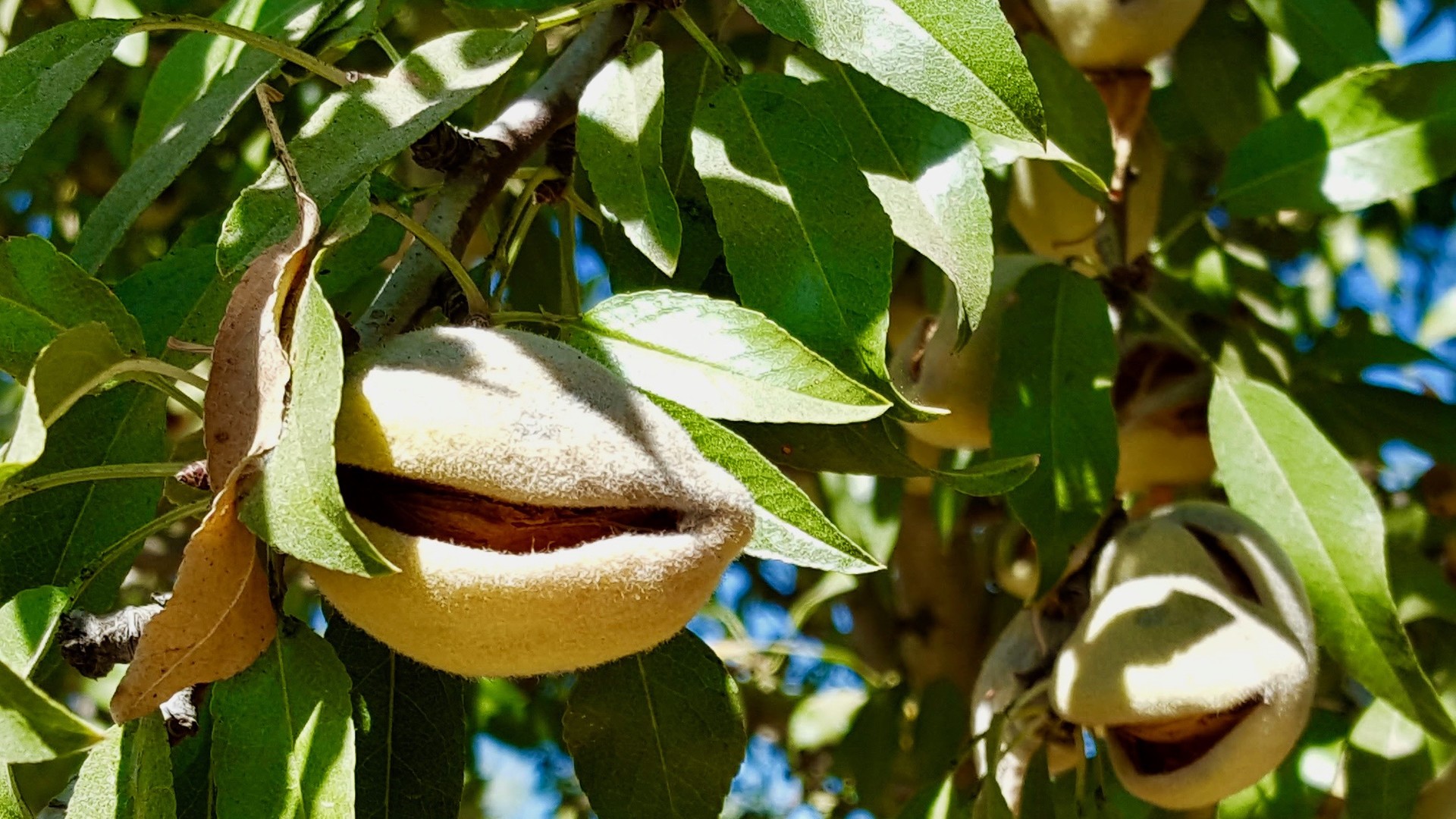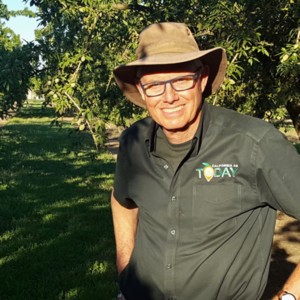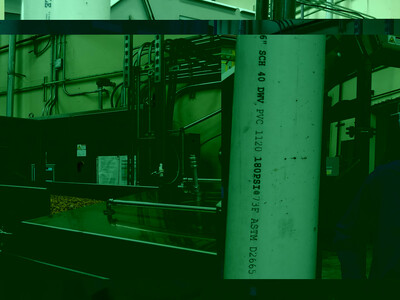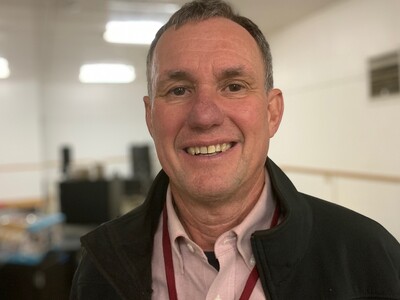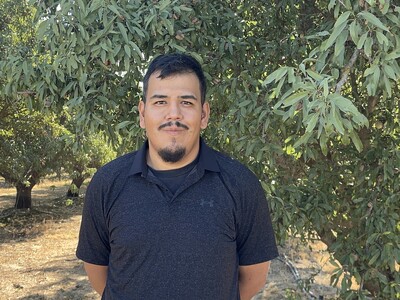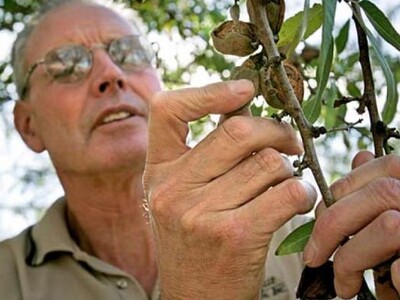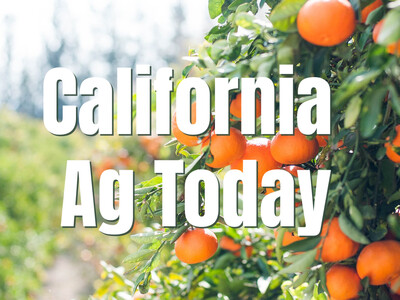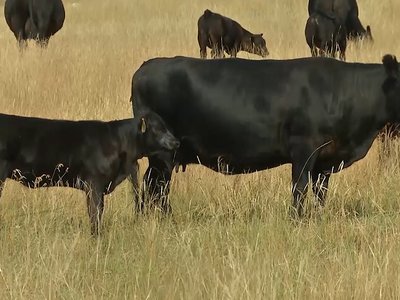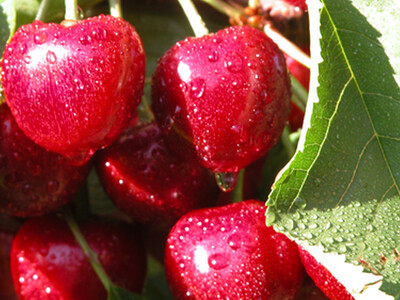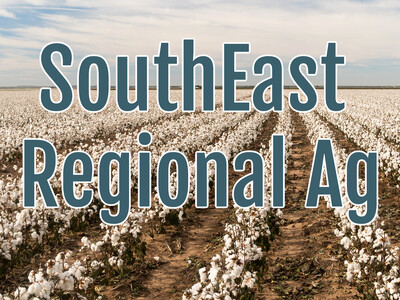The California Almond Sustainability Program Helps Buyers Understand the Almond Industry Better when it Comes to Sustainably Growing the Crop
Eric Harris is a Senior Director of Science and Sustainability with Sureharvest the technical advisor to the almond board to help develop the sustainability program. He said at the California Almond Sustainability Program (CASP) is well positioned to meet the request to some of these buyers around the world.“Increasingly there's interest on the consumer side about where their food comes from and about the sustainability attributes of their product to ensure that what they're eating is not only good for them, but also good for the environment,” Harris said. “And you'll see that in the supply chain as well with buyers requesting information about what's being done around sustainability with almonds and the program is in a very good position to be able to answer those types of questions from buyers, not only about that something is being done from a sustainability perspective, but also that there's statistically valid data on statements around adoption of efficient irrigation practices or mating disruption for navel orangeworm, of other features, ” noted Harris.
As almond harvest nears it’s important to try to reduce the dust that the harvest creates. Be sure the equipment is correctly calibrated for the job. Reduce the air pressure to reduce dust. And the almond board recommends that you manage your harvest route so that any dust is blown back into the orchard.


